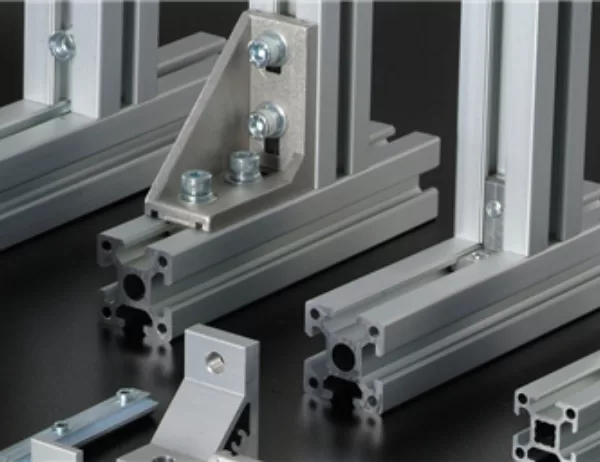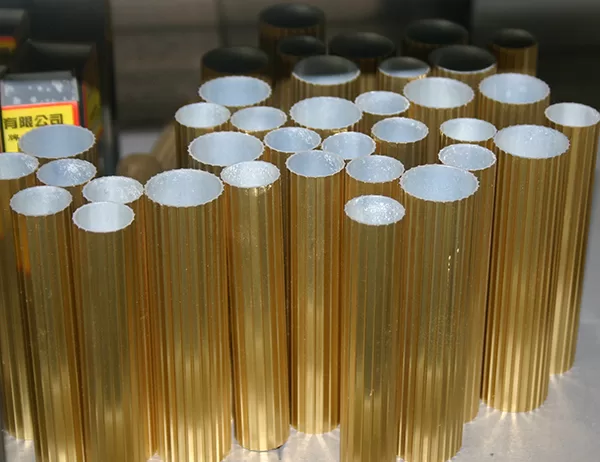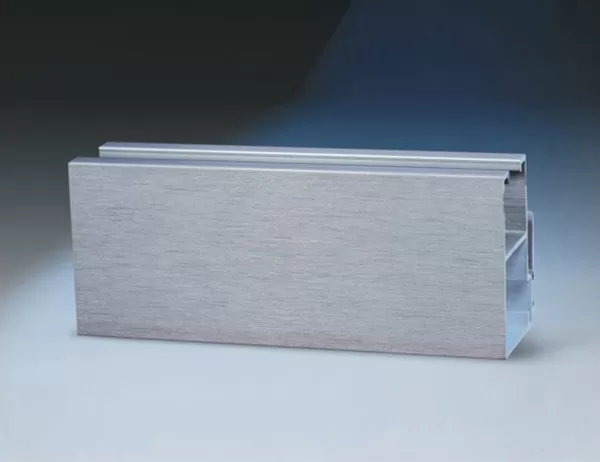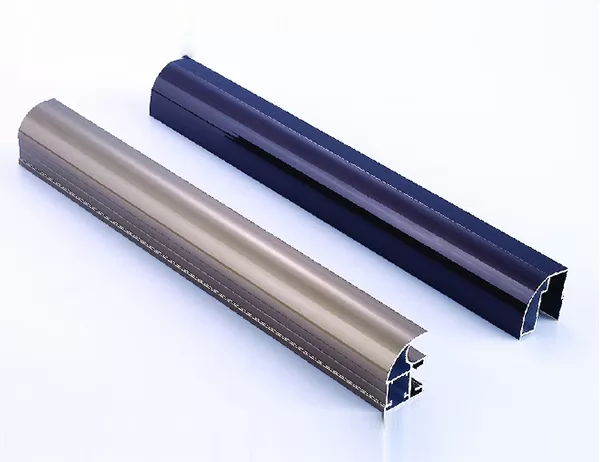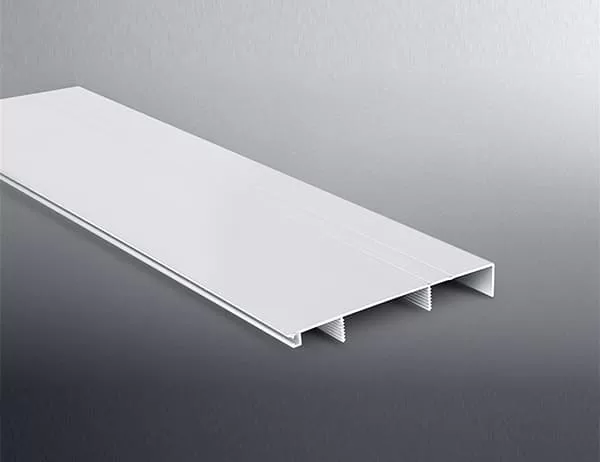Fluorocarbon coated aluminum is an advanced material renowned for its exceptional corrosion resistance, durability, and aesthetic appeal. Its unique properties have made it an increasingly sought-after material across various industries, leading to a surge in market demand. This article will explore the market trends and drivers behind the growing demand for fluorocarbon coated aluminum.
Increasing Architectural Applications
Fluorocarbon coated aluminum is widely used in architectural applications, particularly for exterior cladding and roofing systems. Its high resistance to weathering, UV radiation, and other environmental factors ensures the longevity and aesthetic integrity of buildings. The lightweight and durable nature of fluorocarbon coated aluminum facilitates cost-effective and energy-efficient construction, contributing to its popularity in architectural designs.
Growing Demand in Transportation
The transportation industry is another major consumer of fluorocarbon coated aluminum. Its exceptional weather resistance and durability make it ideal for exterior components of vehicles such as cars, buses, and trains. Fluorocarbon coated aluminum panels can withstand harsh conditions, protecting against corrosion, fading, and abrasion, thereby extending the lifespan and enhancing the appearance of transportation vehicles.
Rising Use in Industrial Applications
Fluorocarbon coated aluminum is also gaining traction in industrial environments due to its chemical resistance and ability to withstand extreme temperatures. In chemical plants, refineries, and other heavy industries, fluorocarbon coated aluminum is used for piping systems, tanks, and equipment to prevent corrosion and protect against aggressive chemicals. Its superior performance ensures safe and efficient operations in harsh industrial settings.
Environmental Sustainability
Sustainability has become a driving force in the construction and industrial sectors, and fluorocarbon coated aluminum aligns with this trend. Its durability reduces the need for frequent replacements, minimizing waste and conserving resources. Additionally, fluorocarbon coated aluminum can be recycled, contributing to a more circular economy and promoting environmental responsibility.
Technological Advancements
Ongoing technological advancements have further enhanced the capabilities of fluorocarbon coated aluminum. Innovations in coating formulations and application techniques have improved its resistance to scratching, abrasion, and discoloration. Self-cleaning coatings are also being developed, which reduce maintenance costs and further enhance the aesthetic appeal of fluorocarbon coated aluminum.
Conclusion
The demand for fluorocarbon coated aluminum is expected to continue its upward trajectory in the coming years, driven by its exceptional properties and growing applicability across various industries. As architectural design emphasizes sustainability and durability, fluorocarbon coated aluminum will remain a preferred material for exterior cladding and roofing systems. In transportation, its resistance to weather and corrosion will drive its adoption for vehicle components, while in industrial settings, it will continue to protect equipment from harsh chemicals and extreme temperatures. With ongoing technological advancements, fluorocarbon coated aluminum is poised to become an even more indispensable material in modern construction and industrial applications.
